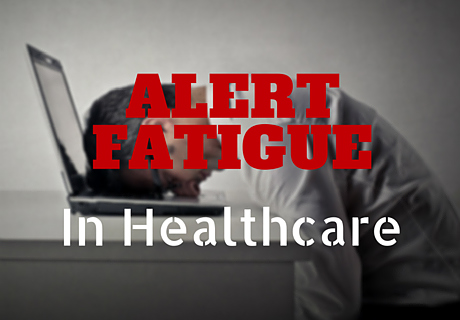
EHR alerts serve a significant purpose, but they can also result in EHR clinical decision alert fatigue, clinician burnout, or even frustration.
According to Stanford University health IT professionals, EHR alerts are a vital part of EHRs that are “not merely the use of technology; it is using technology to find meaningful information to make clinical decisions and provide the best possible patient care.”
Although a clinician’s first instinct might be to close the alert to limit frustration, healthcare organizations attempt to limit alert quantity and improve alert quality to boost clinician satisfaction.
While alerts can offer providers useful updates and reminders, EHR alert fatigue has been a problem for clinicians who are already struggling with EHR usability. Low-value EHR alerts or an abundance of alerts can hurt patient care and contribute to physician burnout.
Effective EHR alerts can enhance clinical efficiency by opening up communication through the EHR. However, clinician burnout is increasing due to a high number of EHR alerts from computerized physician order entry (CPOE) systems and clinical decision support (CDS) tools, according to a study published in the Journal of the American Medical Informatics Association (JAMIA).
Researchers found providers can improve clinician safety and care quality by reducing the number of EHR alerts for nuisance orders and fatal orders.
Here are a few ways Medical Mime’s EHR is can be customized to ensure alert fatigue does not become an issue.
- Set intelligent thresholds – The key question here is this: Does every alert need immediate attention? Are all alerts created equal? Which issues require an immediate alert and which can be dealt with during normal working hours?
- Set tiered alert priorities – Setting alert priorities and using visual, audible, and sensory cues to indicate importance can reduce alert fatigue by a large margin.
- Make sure alerts are actionable – Vague alerts require more focus, attention, and time than specific, actionable alerts. For workers who are already fatigued by the sheer number of alerts, requiring more focus and attention is a recipe for low productivity and missed alerts.
- Create balanced schedules – Once you have systems optimized, it’s also valuable to look at process and people. Do you have enough on-call professionals?
- Prioritize continuous review and improvement – There is no one-time, one-size-fits-all fix to alert fatigue and the dangers that come with it. It’s essential to review your processes, alerts, and systems regularly to make sure you’re striking the right balance.
